Ricoh GR III
The ultimate storytelling camera

I only recently became a Ricoh fan, having first laid my hands on the GR II in the Tokyo showcase store just a few months back. I ended up buying the GR II there and shooting with it while in Japan before bringing it back home. Soon after the trip, I sold it on in anticipation of its successor, the GR III.
Fortunately, the third iteration of the GR series became available just days before my recent trip to the big island of Hawaii, and my desire to travel light meant that it was immediately pressed into duty as my do-everything, always-with-me travel camera of choice.
I want to talk a bit about how the Ricoh comported itself on this trip, including the interesting durability issue that I encountered—one I haven’t seen mentioned in any of the forum tirades just yet.
Update: My Ricoh is back from service and good as new!
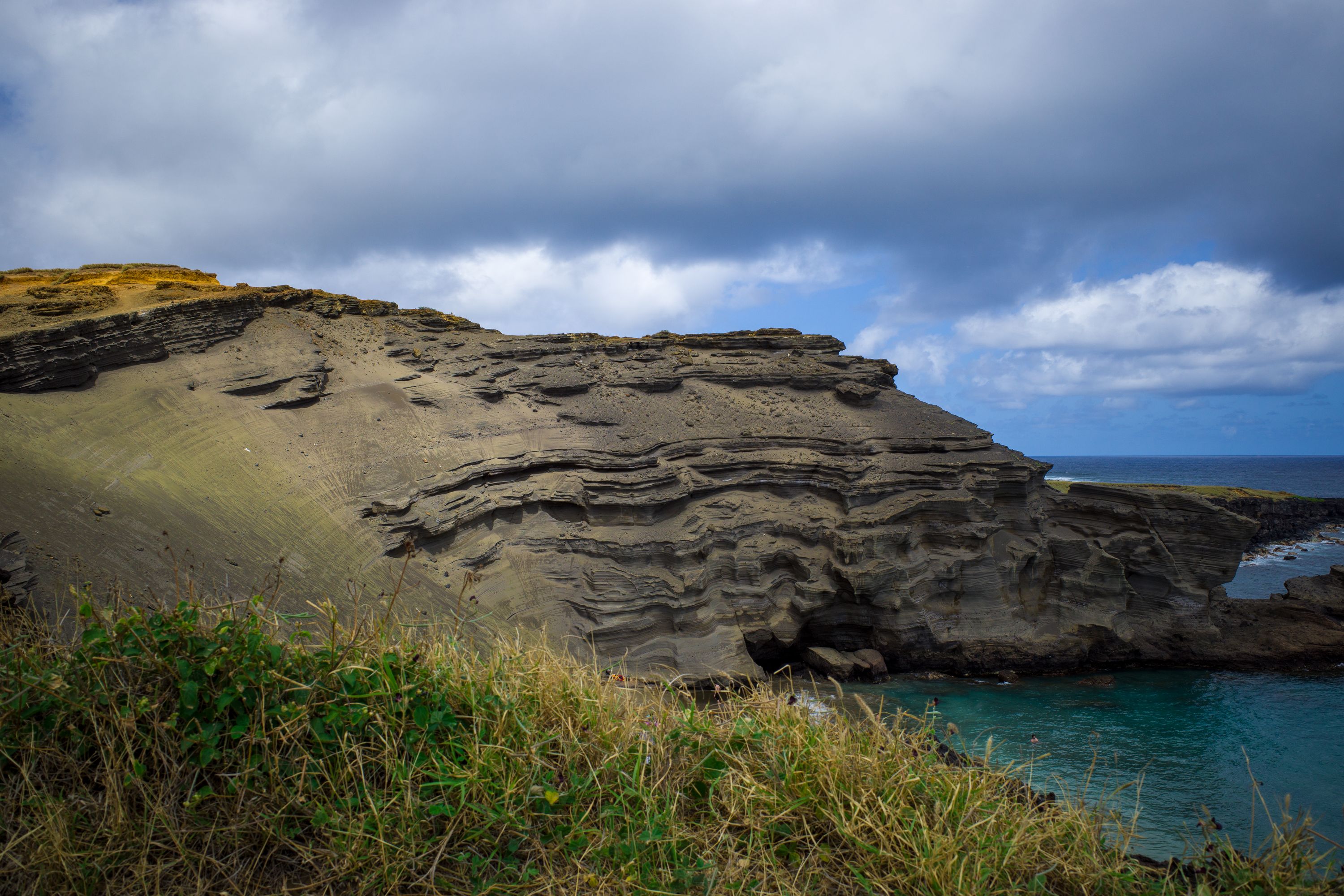
The Appeal of the GR Series
The Ricoh GR III fills an interesting niche in a photographer’s toolkit.
For me, it represents the agility, presence, and effortless carry of my smartphone but with significantly better output potential. The APS-C sized sensor tucked into this camera transcends the capabilities of any smartphone, and also meaningfully improves upon the GR II’s sensor in important ways including dynamic range and colour profile. And it’s small enough to be literally pocketable.

I think of the Ricoh as a storytelling camera because it facilitates the kind of don’t-think-too-hard moment capture we might consider unworthy of more sophisticated gear. But whatever the artistic potential of those moments, their value as memories is huge, and the Ricoh allows me to capture them at a higher fidelity and with more character than my smartphone would.
The Ricoh has another, perhaps unexpected, advantage going for it as compared to cameras in its class like Fujifilm’s X100 series, or the Leica Q, or the Sony RX1: it’s ugly. Setting aside all other aspects like price and technology, all three of those other options are stylish imaging instruments. The Ricoh is unashamedly not a fashion statement. No one will ask you if you shoot film (an almost constant occurrence when I had my various X100 bodies with me), and there’s no red dot to signal prestige where you might prefer to avoid the attention. The GR III looks like a disposable point and shoot camera and provokes almost literally no reaction in subjects. Even a smartphone is a more threatening device than this little black brick.
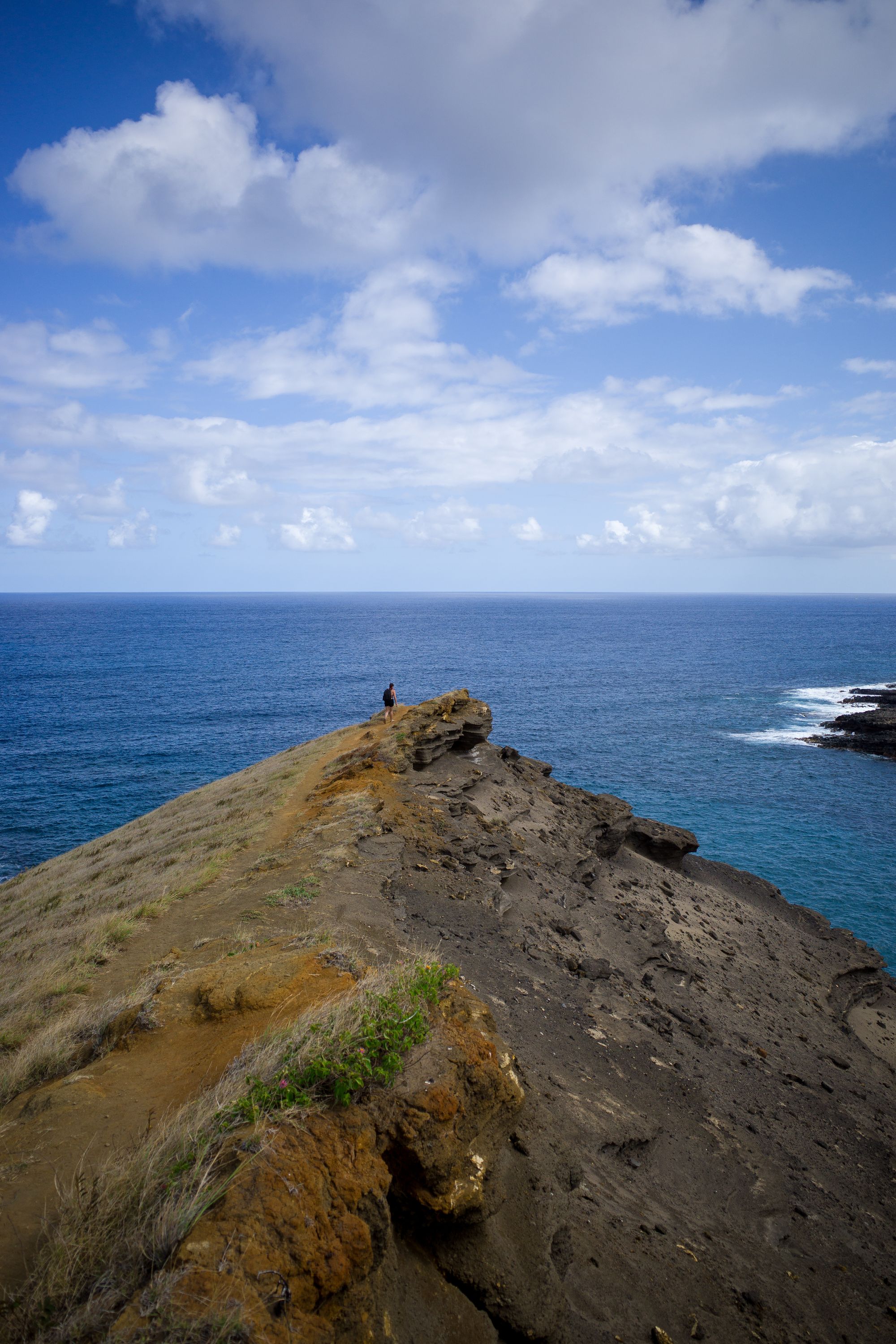
Questionable Reliability
People who know me can attest to the fact that I take exceptional care of my gear. I don’t baby it in some weird collector’s sense, but I take appropriate precautions to protect the tools I use and not put them through impractical or obviously detrimental conditions.
I mention this because I want to make it clear that when my GR III malfunctioned a couple of days into my trip, I hadn’t put it through any gruelling circumstances or even pushed it outside its comfort zone. It was only a few days out of the box, after all.
Here’s what happened: I went to turn it on to grab a couple of shots one evening, and the bottom leaf of the lens cover didn’t retract as the camera turned on. The lens itself would extend and retract perfectly, the camera would be on and fully functional, but the bottom cover leaf would be stuck in its closed position, obscuring the bottom of the lens.
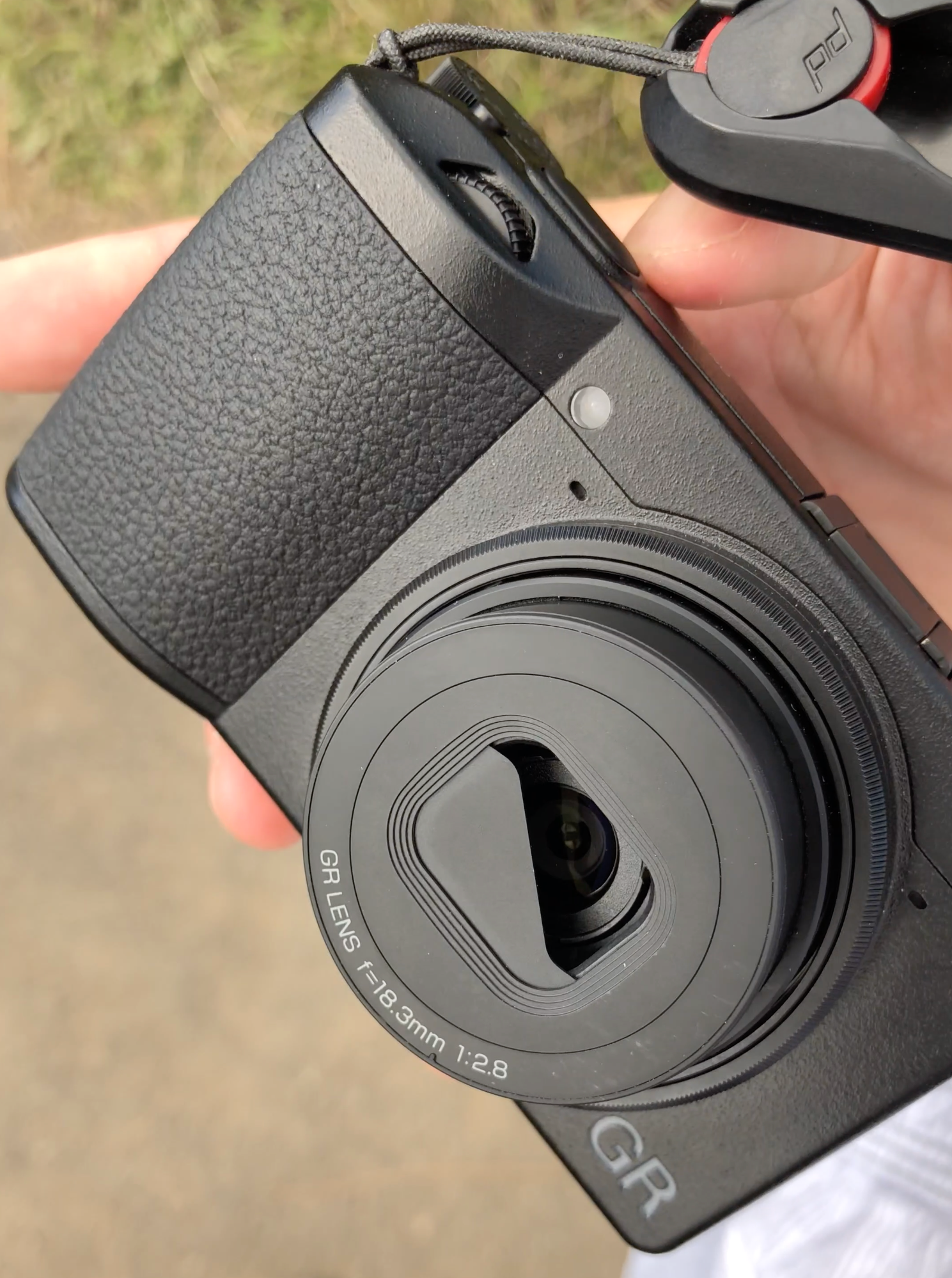
Eventually, I figured out that wiggling it closed a few times would get it to “snap” back out of the way, though not always completely. Still, it was enough to allow me to shoot. Over the course of the trip, some days it would turn on with no issues at all, and other days the leaf would snag again.
Needless to say I was deeply disappointed, and began to think of what I could have possibly done to break it. It hadn’t been dropped, bumped, or squeezed. It hadn’t been rained on or otherwise exposed to moisture. The best explanation I could come up with is that the salty sea air of the Hawaiian coastline somehow deposited some salt crystals in an inopportune place within the lens mechanism.
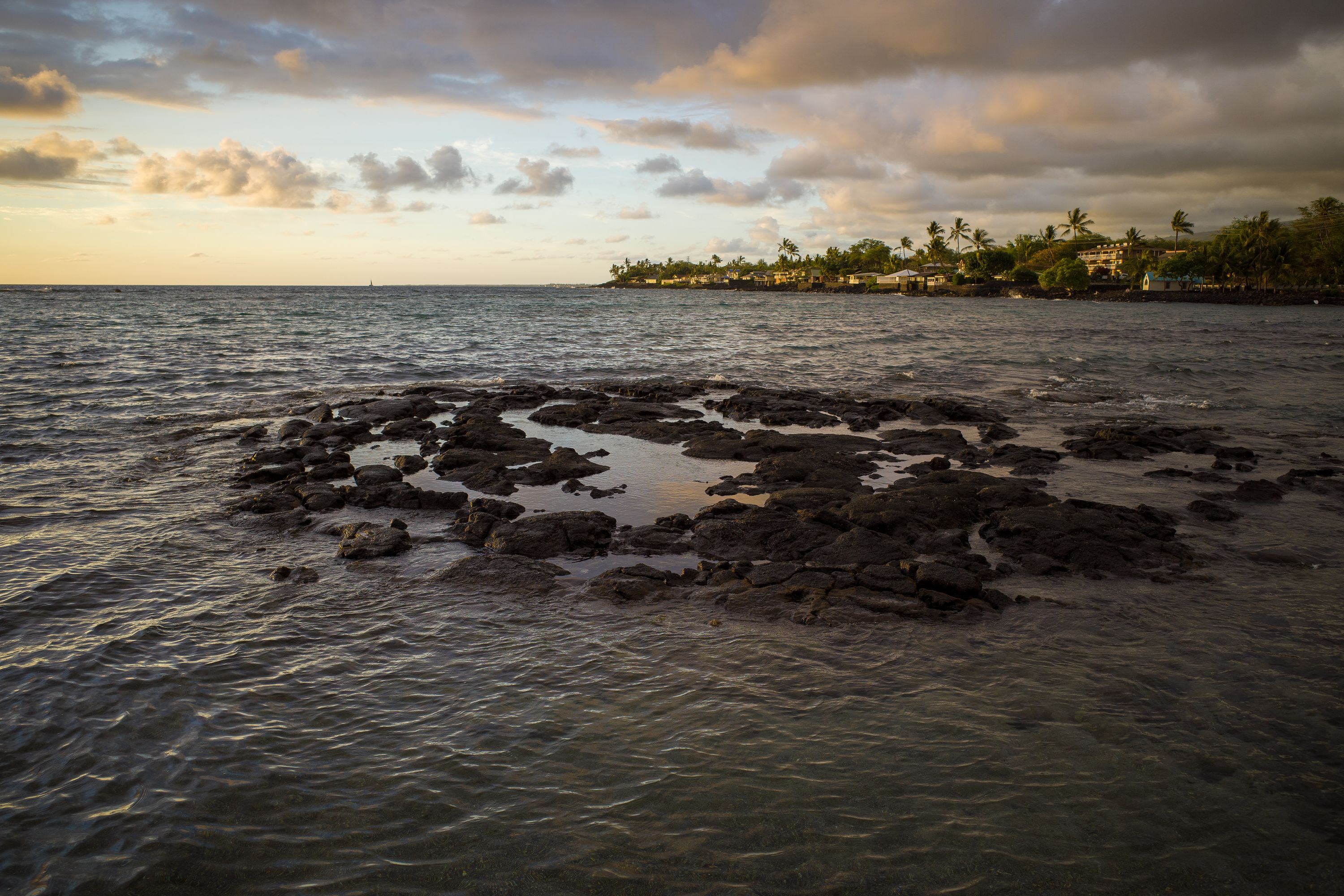
Now that I’m back home, I’ll have to go through the warranty process to see what’s up; I’m hoping it’s a defect that just happened to manifest as I started really using the camera. Otherwise, to have had this happen in normal, careful use makes me wary of this camera’s longevity, which is a pity because I adore the little thing.
Note: Having confirmed that it was only an issue with my unit, I can unreservedly recommend the GR III again!
Trade-Offs
On forums, I’ve seen people complain about wiggly back wheels, misaligned lenses, poor battery life, and overheating, but my unit has none of those problems.
I was worried enough about battery life (having read early reviews) that I bought an extra battery for the trip, but I never needed to use it. I shoot sparingly and turn the camera off between situations, and with this usage I was having no trouble getting two solid days of shooting out of a single charge.
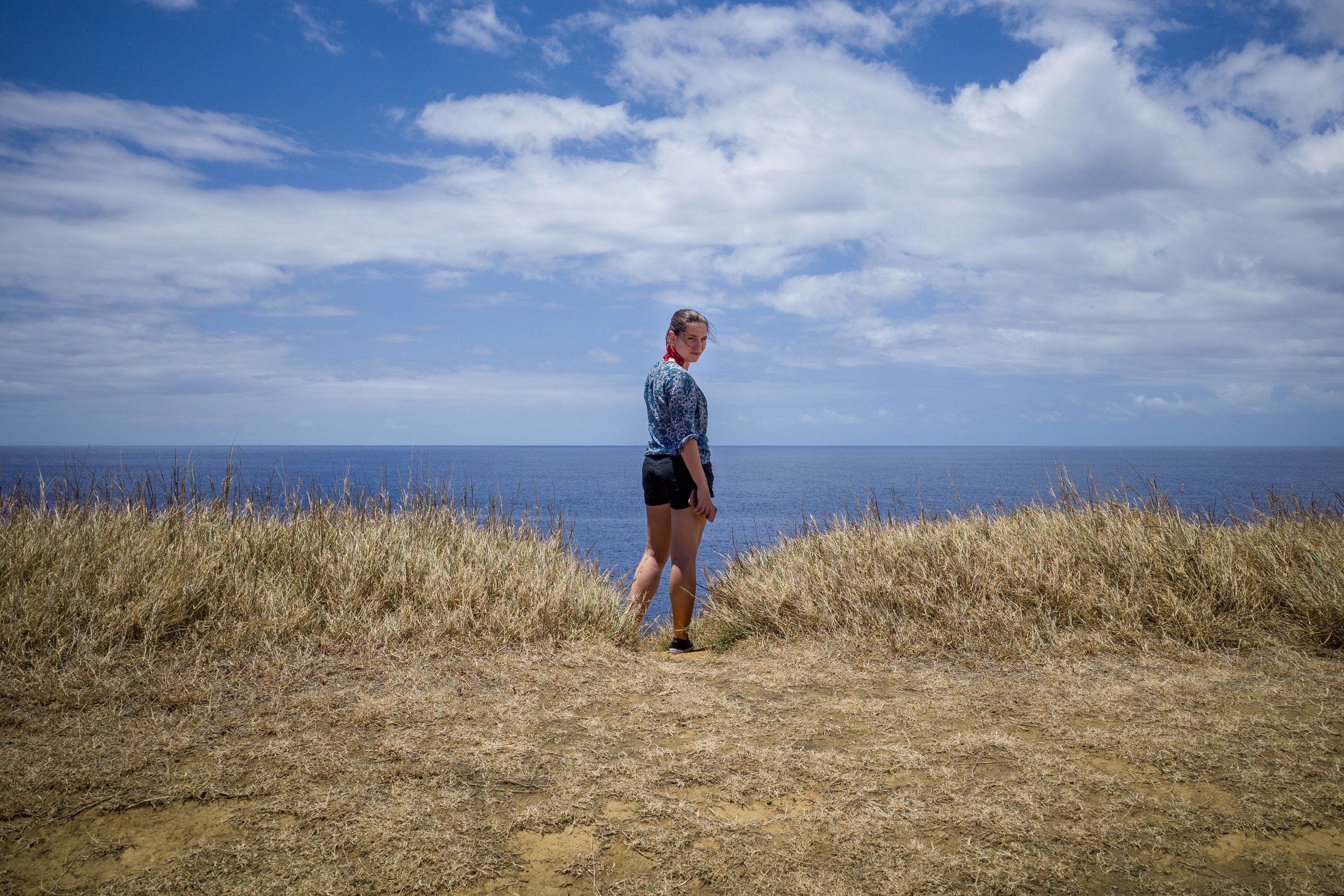
Plus, the USB-C charging allowed me to leave dedicated charging hardware behind. I simply plugged it into my single USB wall brick or power bank each evening and never felt range anxiety. Another point in its favour for travel.
One noticeable trade-off made in the interest of size is the lack of an EVF on the GR cameras. This took time for me to get used to as someone who loves viewfinders, OVF or EVF. Going without makes the shooting experience feel a lot more like smartphone shooting, albeit with much better ergonomics and results.
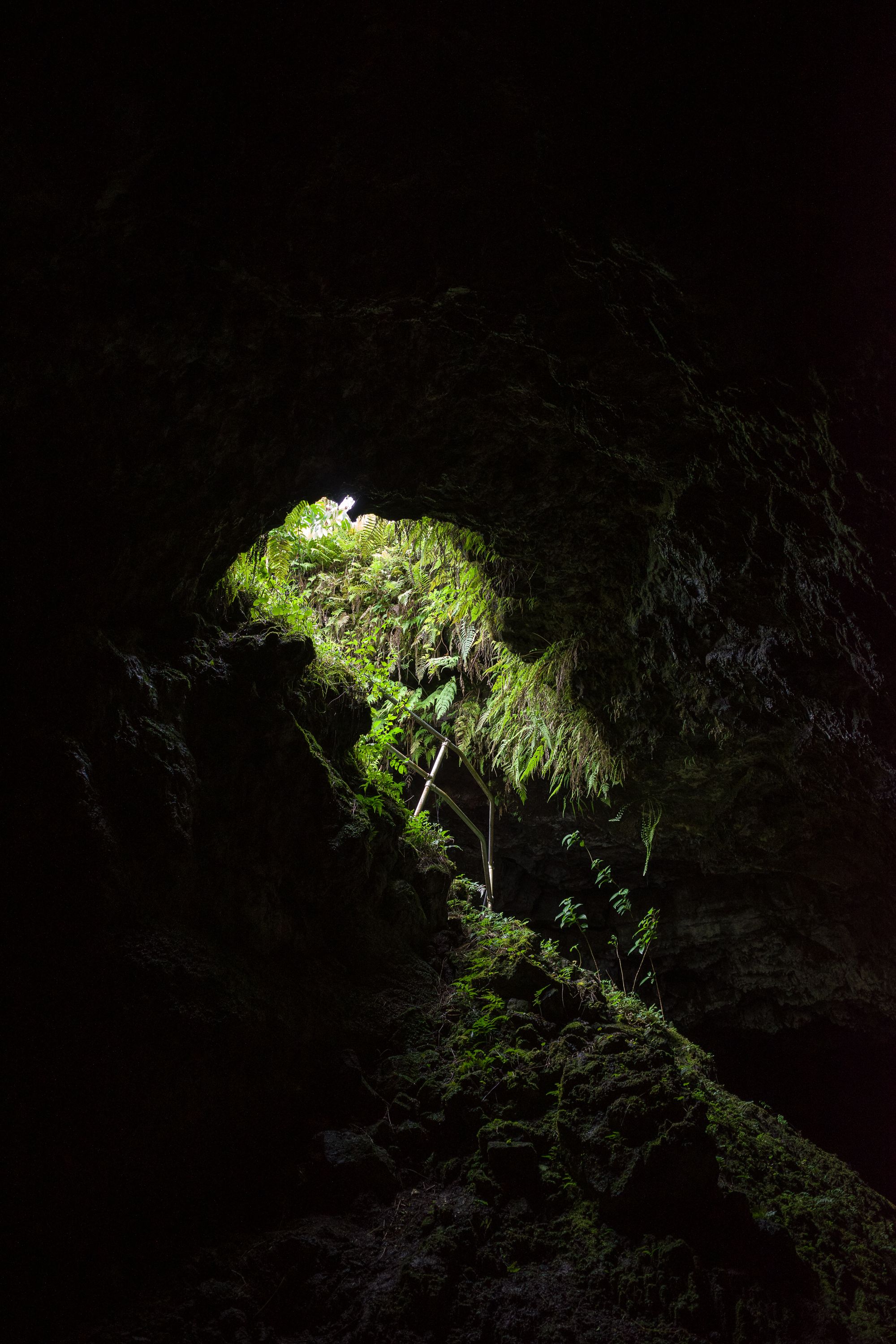
It sort of changes the way I frame things too, and the way I approach shooting. I didn’t really like it at first, but over time I came to appreciate this difference as a key part of the Ricoh’s advantage. It feels a bit less formal, a bit more authentic to the form factor.
The loss of the piddly built-in flash from the GR II is of no consequence to me, and the introduction of an IBIS mechanism and self-cleaning system offer tangible benefits for my shooting. I also love that Ricoh have clearly built this camera for advanced photographers and not amateur shooters. It offers a deep, sophisticated, well-organized menu system, excellent haptics (once you get used to the small size), and no gimmicks.
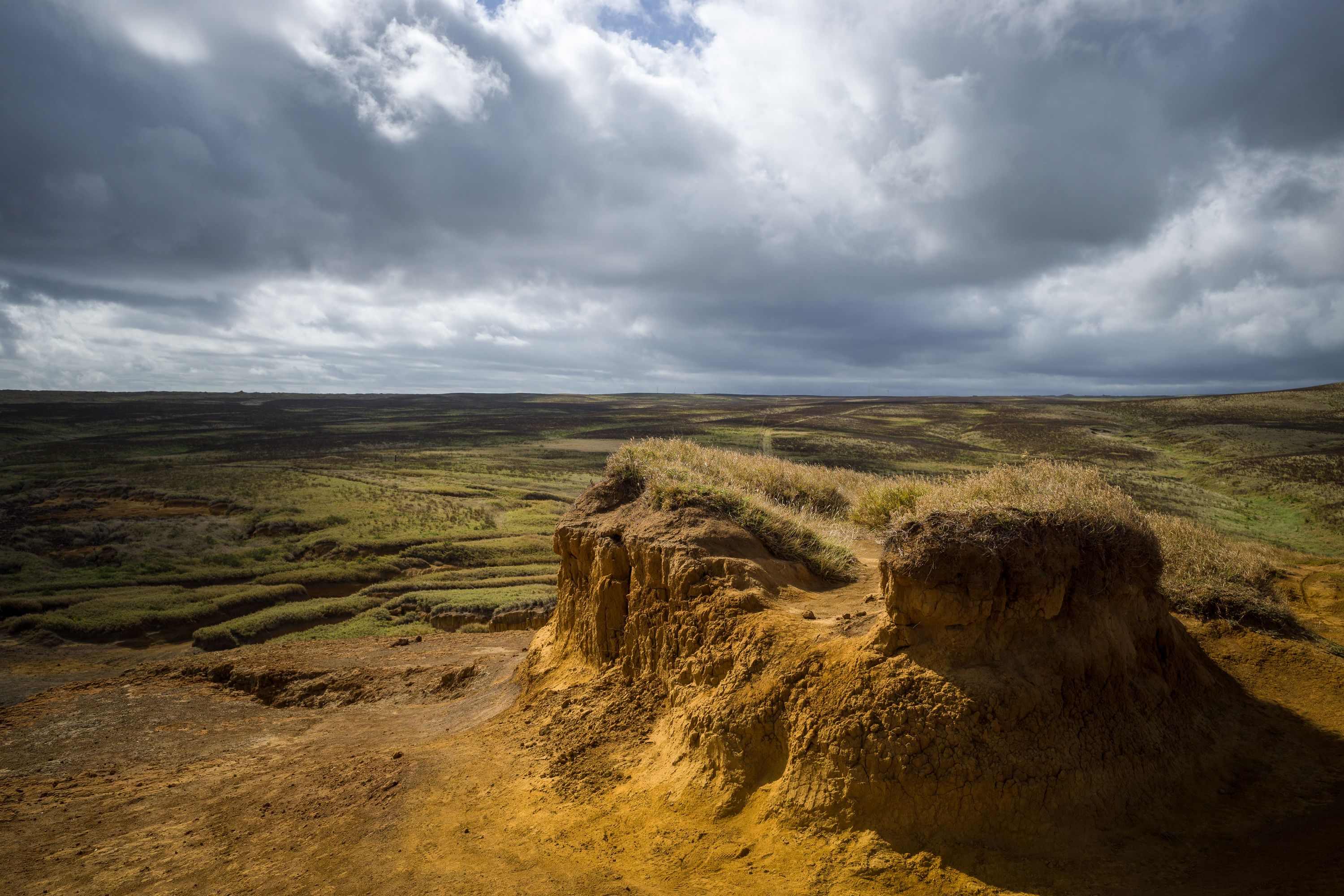
A final point of concern is that the lens features some strong vignetting. This has proven frustrating in situations where I’m shooting landscapes with an open sky. The top corners are seriously shaded and require careful use of vignetting correction or masking to even out. Since Ricoh’s raw files are generic DNGs, I’ve been able to work on them in Lightroom right away, but I’m hoping that a future update to LR will introduce official support with a profile that corrects for this vignetting.

Output
Like the GR II before it, the GR III surprised me with its image quality. Despite being the size of a thumbnail, the 18.5mm (28mm field of view equivalent) lens on the GR III is exceptionally sharp.
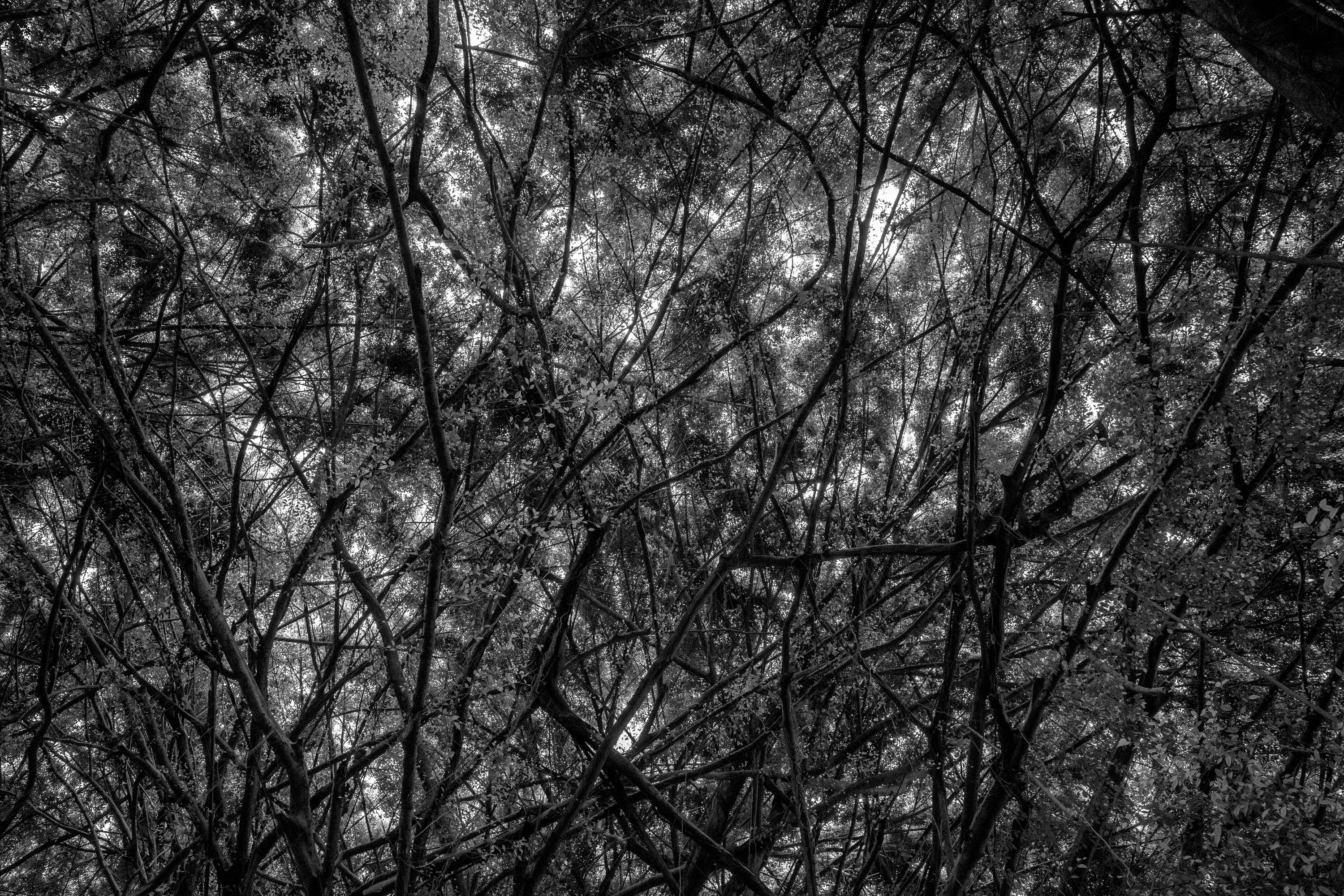
There’s a level of contrast and bite to images that I’ve only seen on the very best glass for other systems. It resolves fine details fantastically for landscapes, and its dedicated macro mode produces surprisingly crisp results—a far cry from the soft mess you get from Fujifilm’s X100 series cameras at close range.
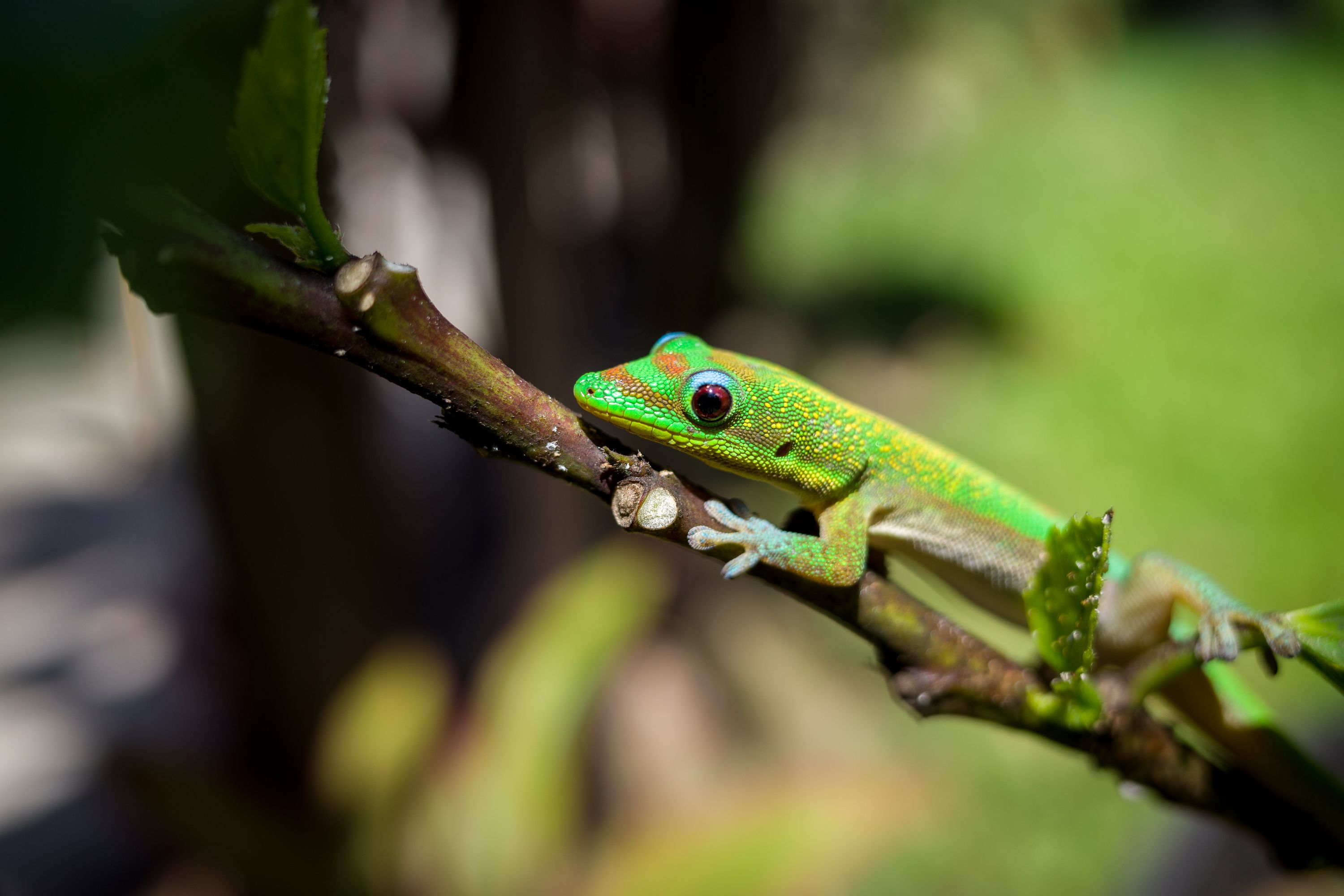
The lens “only” opens to ƒ/2.8, but that’s wide enough to allow for some pleasing bokeh and an unexpectedly gentle transition zone.

I also really enjoy the colour profile, particularly with the Positive Film mode, which is similar to a Fujifilm-style film simulation but has its own character to it.
Odds & Ends
Here are a few smaller things I noted about the camera:
- It has built in storage! I love this. It’s not a huge amount of space, but it’s enough to ensure that you’re never stuck unable to take some critical snaps if you’ve forgotten a memory card
- The firmware shows you how many photos you’ve shot that day each time you turn the camera off. It serves as subtle encouragement to do some shooting every day, and I appreciate that
- Startup and shutdown times are much improved over the GR II. The camera is quick enough to boot that I don’t feel like I’d ever miss a shot
- Snap focus is unique to the GR series and remains a strong selling point for street shooting. Street is a genre I’ve only recently begun to dabble in, but I immediately understood the appeal of a feature like this and intend to do more practising with it now that I’m back in the city

A Keeper
No camera since my first Fujifilm X100 body has done such a good job of encouraging me to just take more photos, to experiment, and to not be too precious about making daily images.
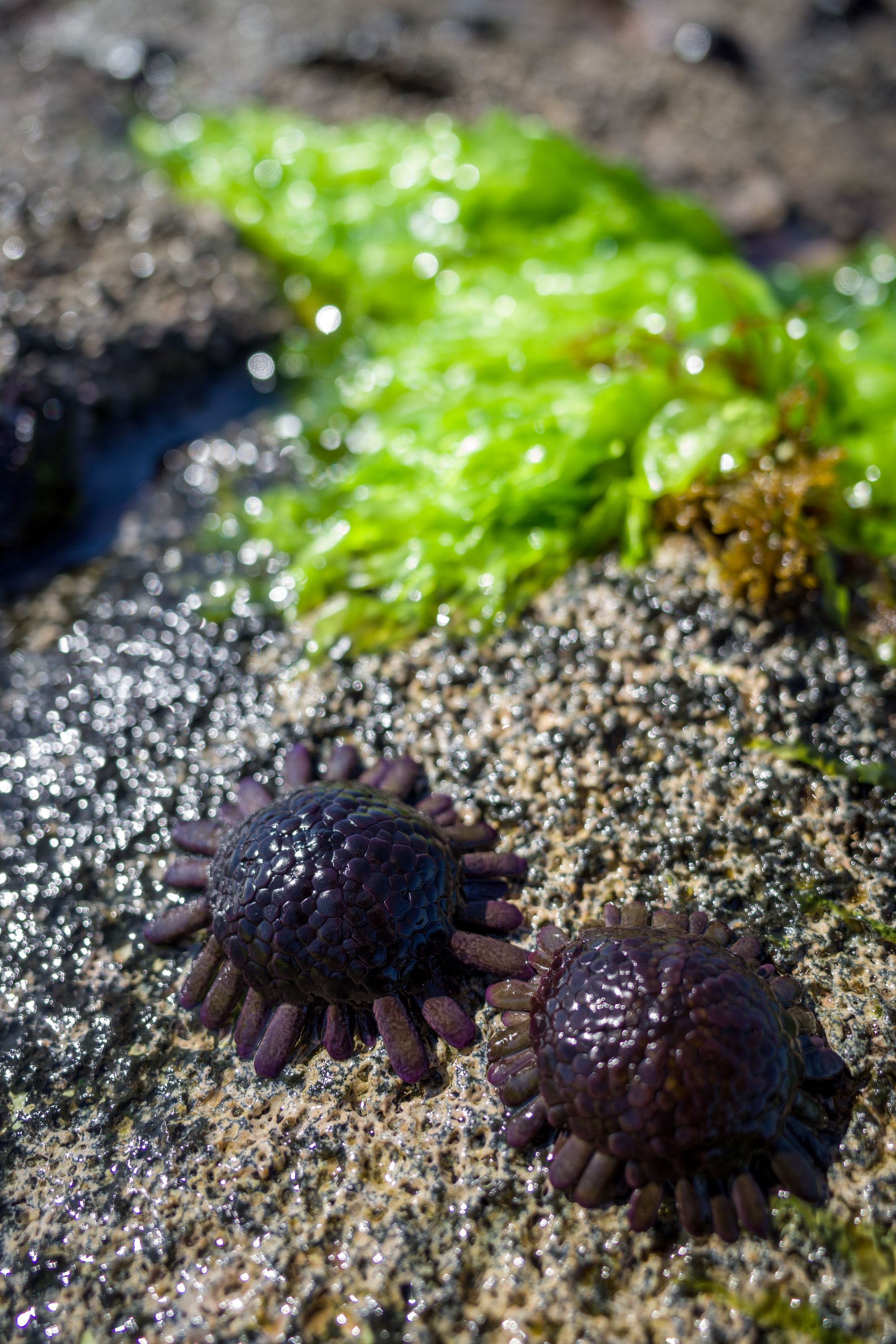
I’ve been delighted by just about every aspect of the camera. Its size is perfect, it’s output is fantastic, its ergonomics are ideal for its form factor, and its software design is accessible but deep, aimed at professional users. All of this has made me fall in love with the GR III—it’s been hanging on my shoulder or otherwise in my company every day since I got it.
If you’re intrigued by the focus and simplicity of the Leica Q but want something that’s actually compact and isn’t as expensive or ostentatious, then the Ricoh GR III is probably the best alternative on the market. Fujifilm’s X100 series is better for those who prefer a viewfinder and a 35mm field of view, but you give up IBIS and pocketability, not to mention the better lens on the GR. Sony’s RX1R II lets you keep the general size and has an EVF, but it’s over 3 times the price of the GR III.

For a certain kind of shooter, the Ricoh GR III is an ideal blend of trade-offs that come together into a compact narrative imaging machine that has to be tried to be appreciated. I wish I hadn’t allowed my skepticism to keep me from trying a GR for as long as it did.